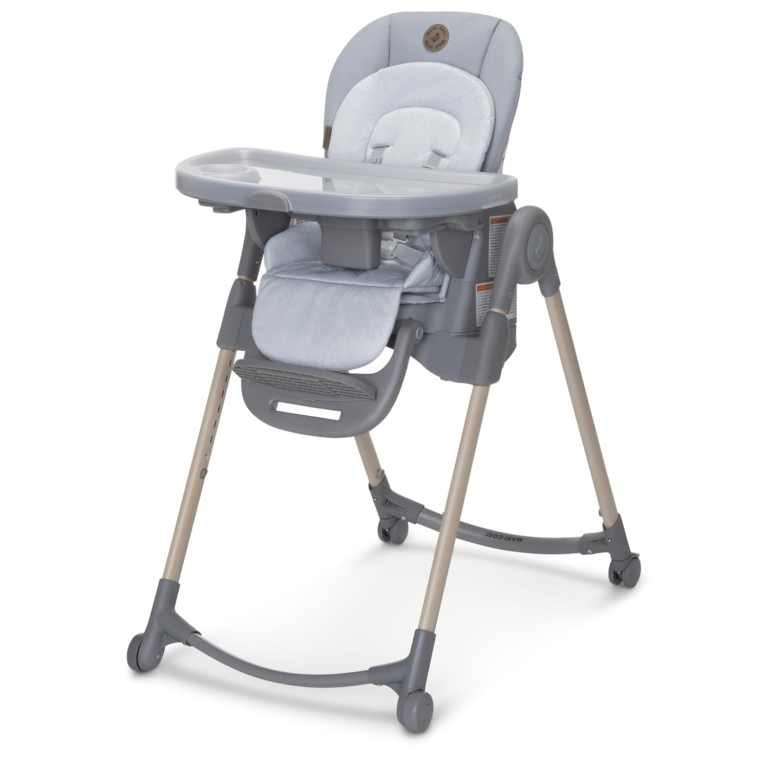Sustainable Living in 2025: Embracing a Greener Future
Introduction: The Urgency of Sustainable Living
In an era defined by climate crises, resource depletion, and biodiversity loss, sustainable living has emerged as a vital imperative for individuals and communities worldwide. As of October 2025, with global temperatures continuing to rise and extreme weather events becoming more frequent, adopting eco-conscious habits is no longer optional—it’s essential for preserving our planet and ensuring a livable future for generations to come. Sustainable living encompasses choices that minimize environmental impact while promoting social equity and economic viability, aligning personal actions with broader planetary health.
What is Sustainable Living?
Sustainable living refers to lifestyles that balance human needs with the Earth’s finite resources, emphasizing reduced consumption, waste minimization, and harmony with natural systems. It draws from the principles of the United Nations’ Sustainable Development Goals (SDGs), which guide global efforts in areas like clean energy and responsible consumption. At its heart, it’s about mindful decision-making: from sourcing ethical products to conserving energy, fostering a regenerative rather than extractive approach to daily life.
The Benefits of Sustainable Living
Embracing sustainability yields profound advantages, backed by compelling data. Environmentally, it curtails greenhouse gas emissions—households adopting green practices can reduce their carbon footprint by up to 20-30% through simple changes like energy-efficient appliances. Economically, sustainable choices save money; for instance, switching to LED lighting and smart thermostats can lower utility bills by 10-15% annually. Socially, it builds community resilience and health—plant-based diets linked to sustainable living decrease risks of chronic diseases and support biodiversity.
Consumer trends underscore growing rewards: 78% of consumers view sustainability as important, with 62% “always or often” purchasing eco-friendly products. Moreover, 75% of sustainable goods sell better online than in-store, reflecting market demand. Businesses championing sustainability see 88% higher customer loyalty. A recent UN report highlights that integrating climate action with SDGs can boost efficiency by up to 37%, freeing resources for innovation and equity.
Practical Tips for Everyday Sustainable Living
Transitioning to sustainability starts with actionable steps. Here are evidence-based strategies drawn from expert recommendations:
- Reduce Waste and Embrace Zero-Waste Habits: Compost food scraps and recycle properly to divert up to 50% of household waste from landfills. Use reusable bags, bottles, and utensils to eliminate single-use plastics.
- Conserve Energy at Home: Opt for energy-efficient appliances and LED bulbs; unplug devices to avoid phantom energy use, potentially cutting bills by 10%. Make your space greener with bamboo furniture or eco-flooring for durable, low-impact decor.
- Adopt a Plant-Based Diet: Shift to meat-free meals a few times weekly—going plant-based can reduce your food-related emissions by 70%. Choose organic and local produce to support ethical farming.
- Minimize Water Use: Install low-flow fixtures and fix leaks; simple habits like shorter showers save thousands of gallons yearly. Replace lawns with native plants to cut irrigation needs.
- Sustainable Transportation: Walk, cycle, or use public transit; carpooling or electric vehicles slash emissions. For longer trips, prioritize trains over flights.
- Mindful Shopping: Ditch fast fashion for second-hand or ethical brands; value experiences like travel over material goods. Buy fair-trade products to ensure equitable labor.
These tips, when combined, create compounding positive effects on personal and planetary scales.
Trends Shaping Sustainable Living in 2025
2025 marks a pivotal year for sustainability, with innovation and policy driving change. Circular economy models are surging, emphasizing reuse, recycling, and product life extension—Unilever’s 50% virgin plastic reduction pledge exemplifies industry shifts toward eco-packaging. Energy transitions accelerate, including grid digitization for renewables integration and investments in clean tech.
Regulation combats greenwashing, while public-private partnerships scale impact. Consumer behaviors evolve: ditching cosmetics for natural alternatives and prioritizing eco-tourism. Home trends include energy-efficient upgrades and sustainable decor like bamboo. Policy uncertainties, such as potential U.S. administration shifts, loom, but global themes stress decisive action on physical climate risks and finance.
Challenges in Adopting Sustainable Living
Despite momentum, barriers persist: high upfront costs for green tech, limited access in underserved areas, and greenwashing misleading consumers. Behavioral inertia and supply chain complexities hinder progress. Addressing these requires inclusive policies and education to ensure equity.
Getting Started: Your Sustainable Journey
Begin small—track your carbon footprint with apps, join local eco-groups, or audit your home for quick wins. Resources like UNEP’s sustainable lifestyles guide offer free tools. Remember, collective small actions yield massive change.
Conclusion
Sustainable living in 2025 isn’t a sacrifice—it’s an empowering path to resilience, savings, and a thriving planet. As trends like circularity and renewables gain traction, individuals hold the power to drive systemic shifts. By weaving these practices into daily life, we not only mitigate climate threats but cultivate a legacy of harmony with Earth. The time to act is now; let’s build a greener tomorrow, one mindful choice at a time.





